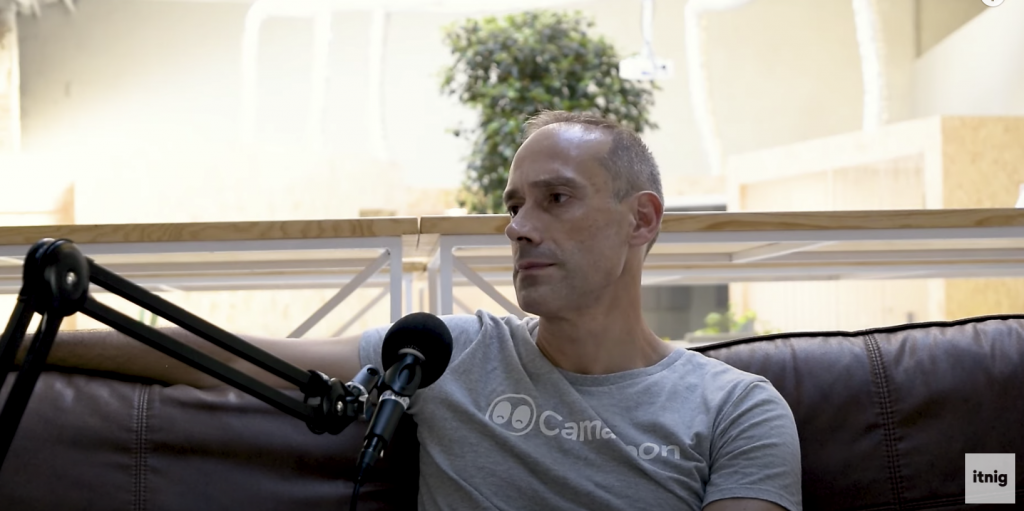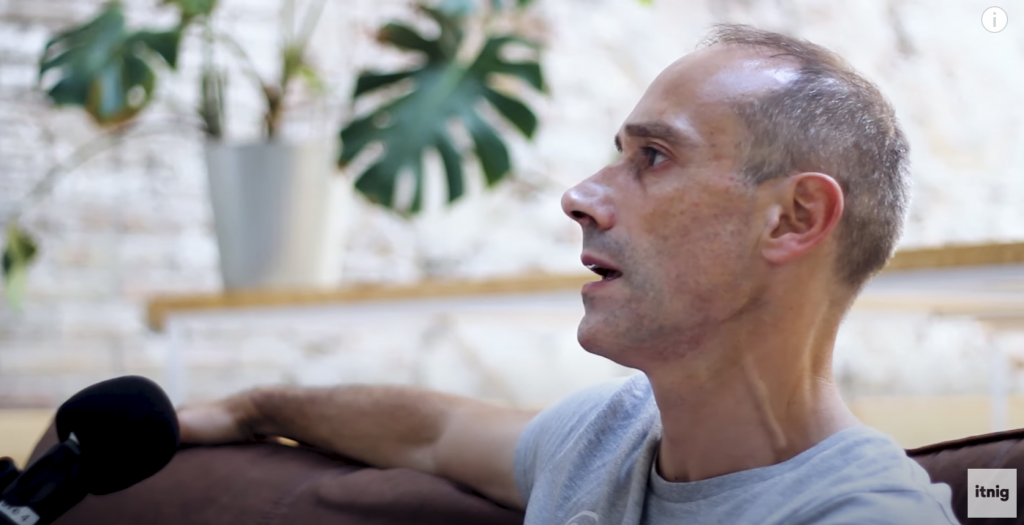Vasquiat: Changing the Fashion Game with Rafa Blanc
Bernat Farrero interviews Rafa Blanc, CEO, and co-founder of Vasquiat, a fashion marketplace where next season’s collections are available for trendsetters to discover and reserve at exclusive prices.
Vasquiat is one of the startups in which Itnig has invested through the Itnig Fund.



